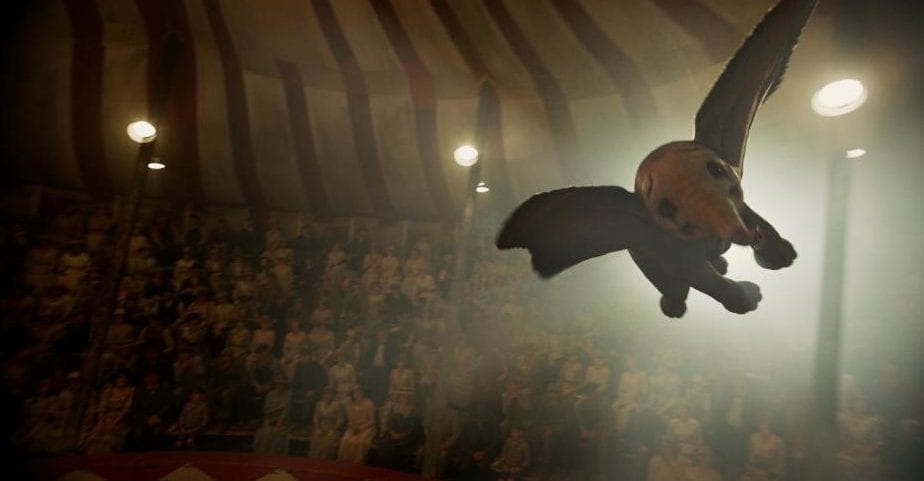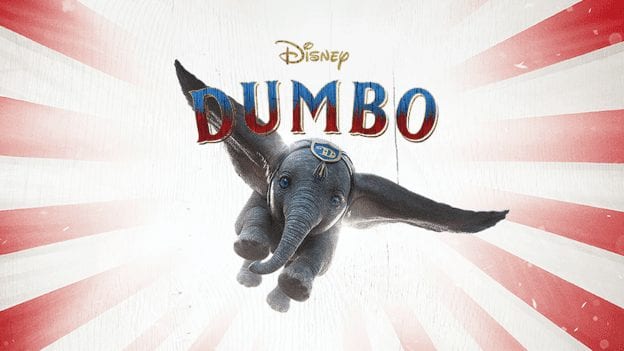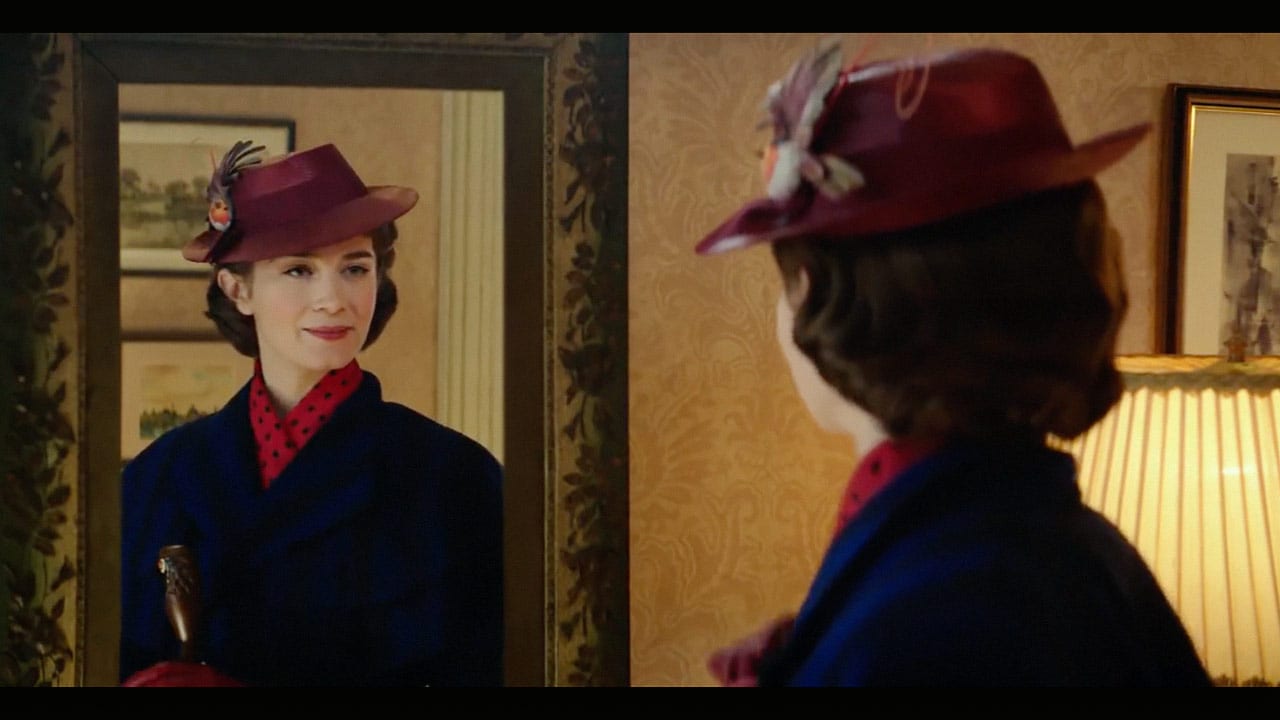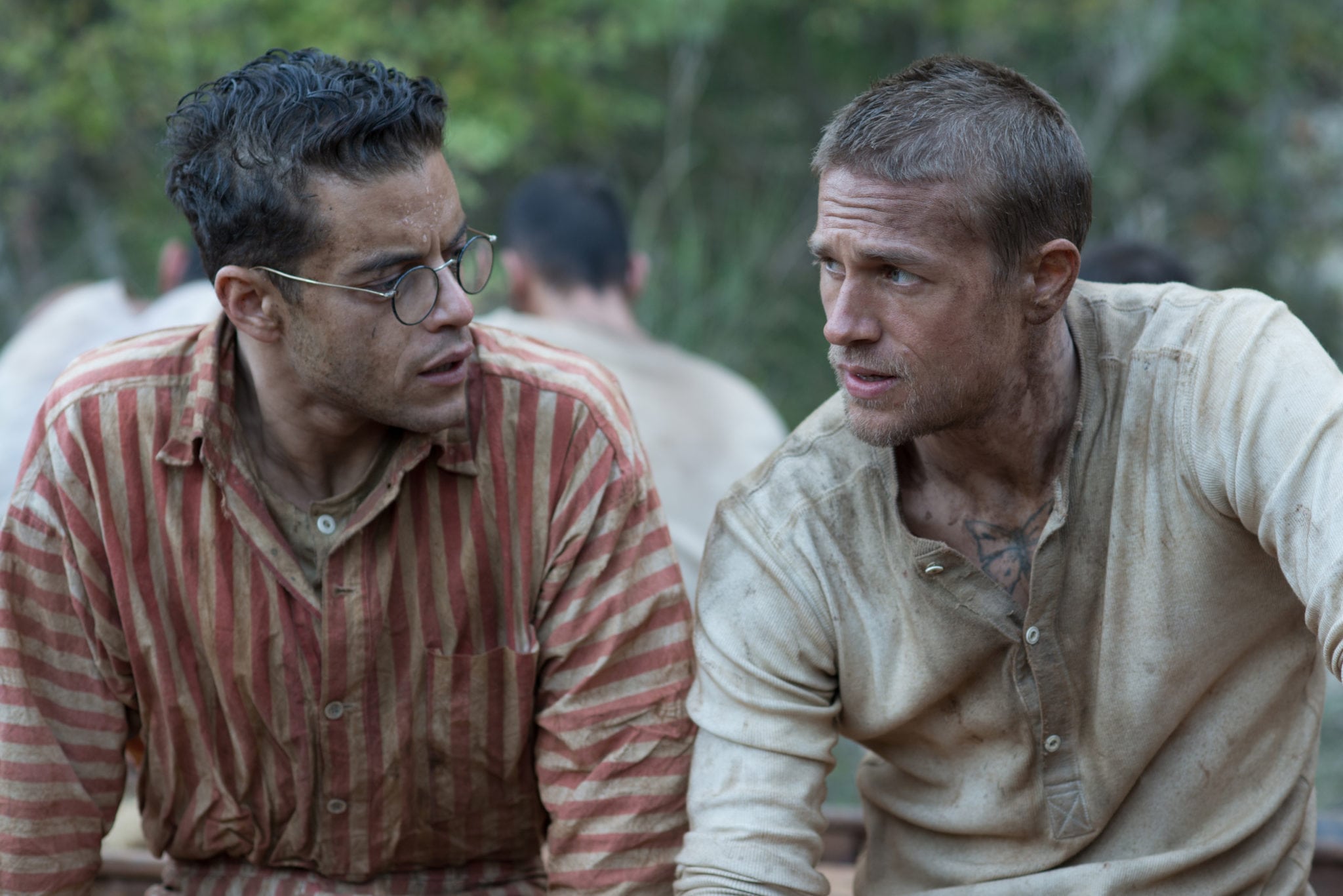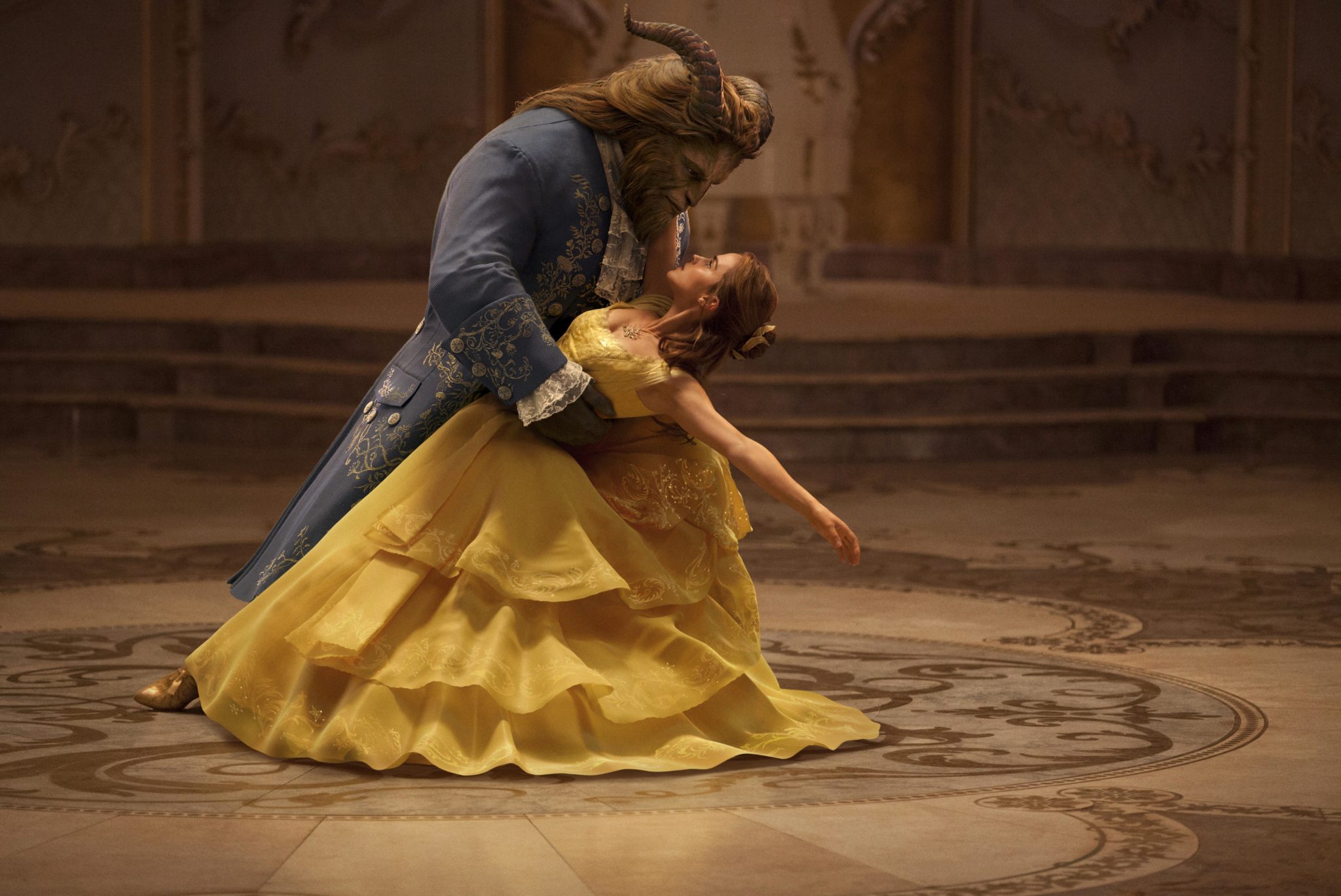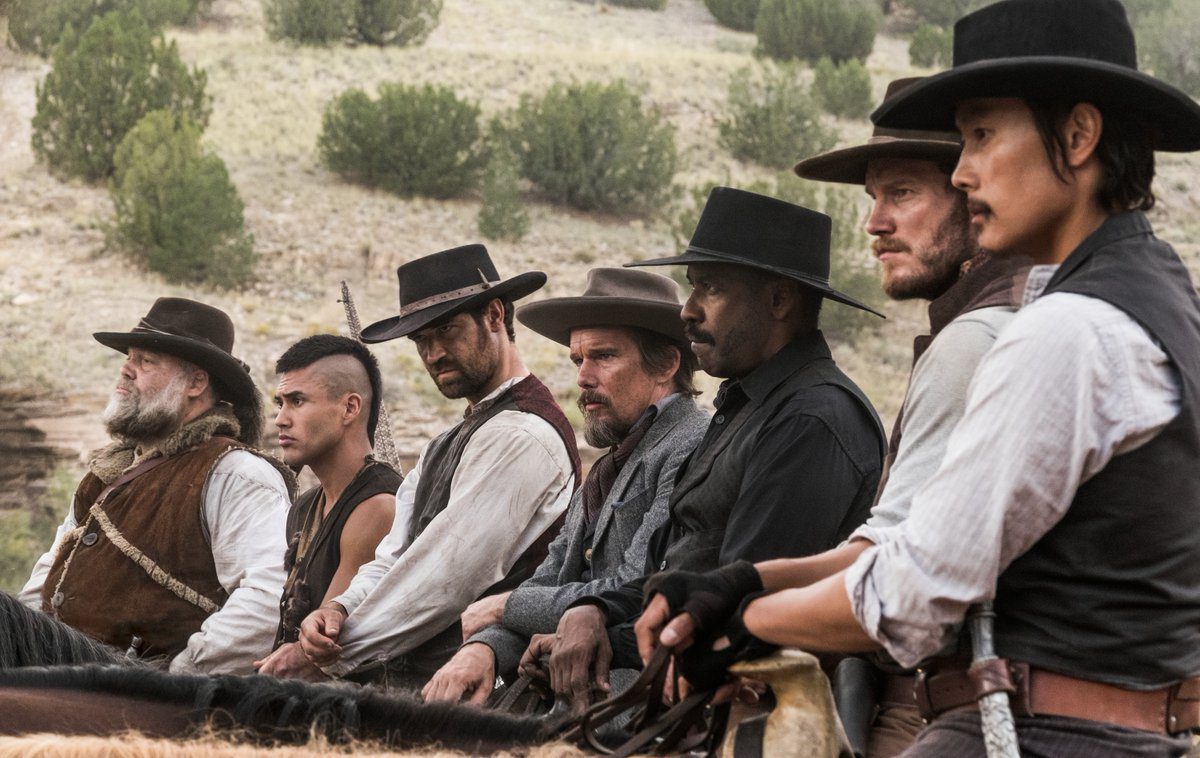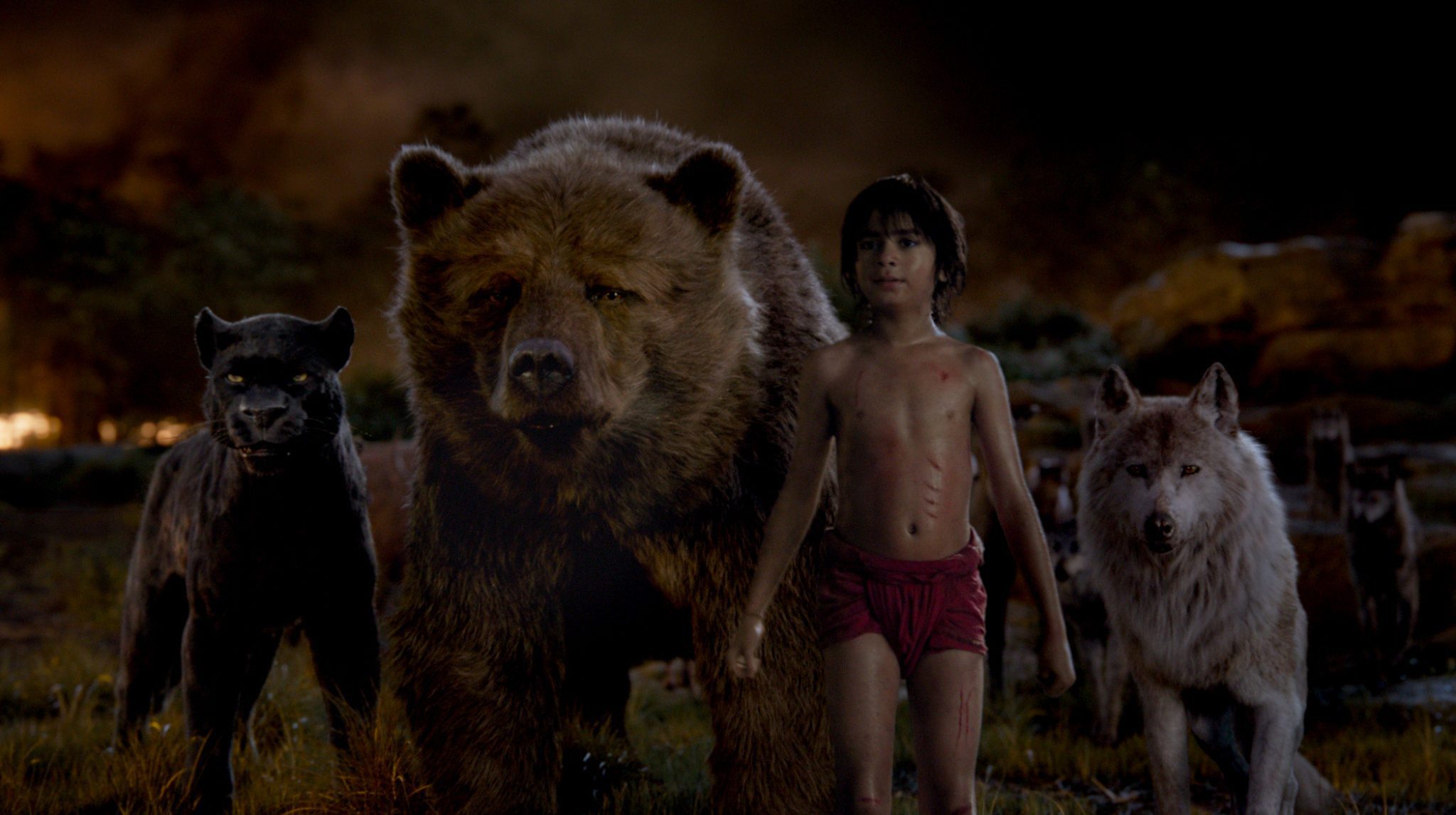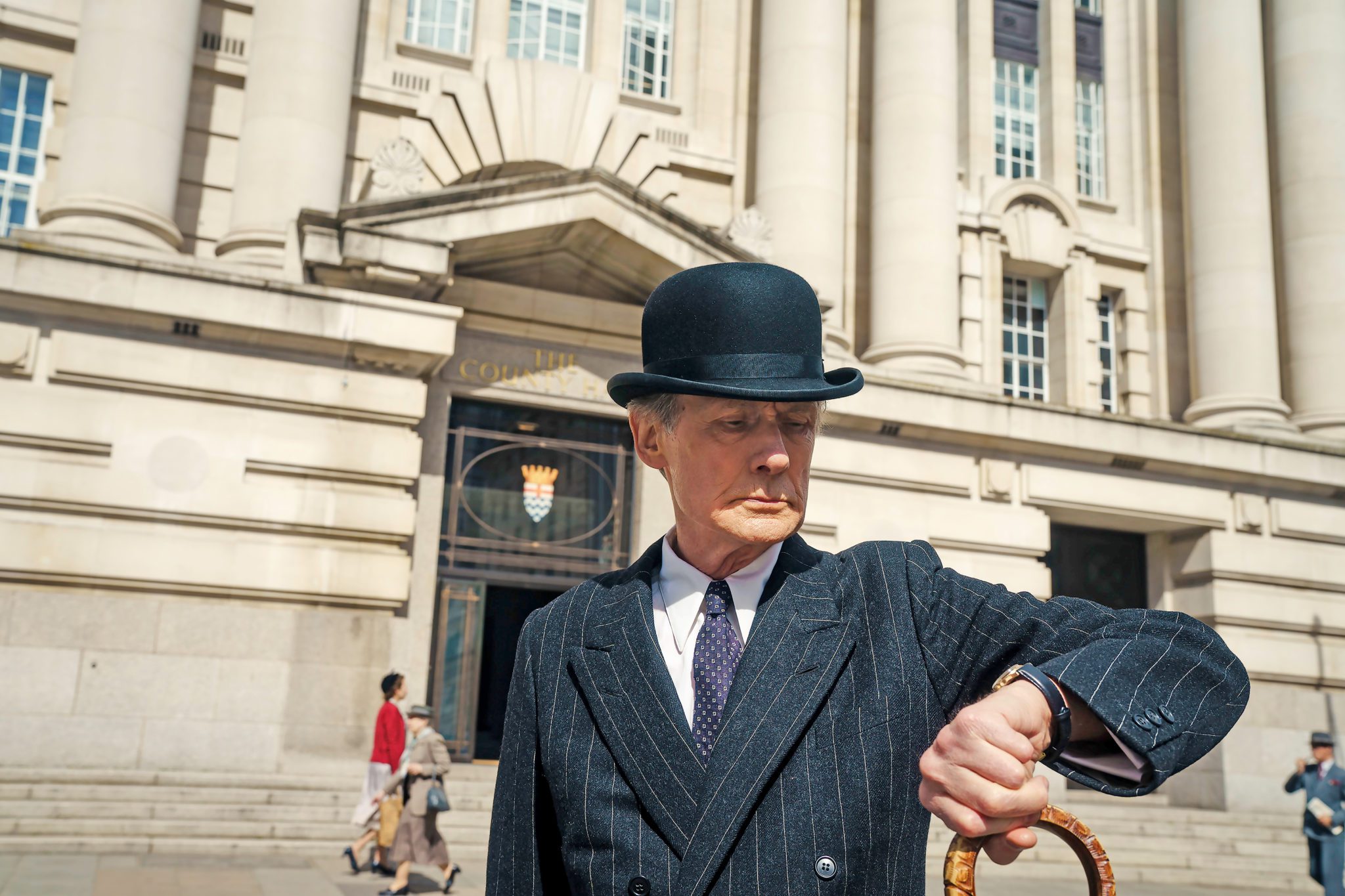
Living – Finally finding life
?If only to be alive like that for just one day.? What makes a life important? What gives a life meaning? Do our mundane lives have any lasting impact on the world? Those are some of the deepest questions we may ever consider, yet, often they seem too difficult to even think about. Living, directed…

